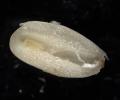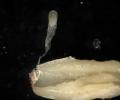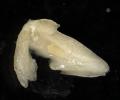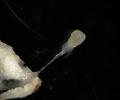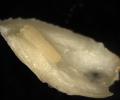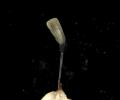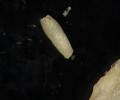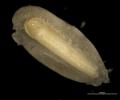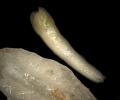Approaches we apply to study Norway spruce somatic embryogenesis
Our expertise cover methods of anatomy, histochemical detections, and indirect immunofluorescence, determination of the content of plant hormones, and analysis of gene expression. Newly we are also implementing methods of in-vitro virus detection. To control the developmental processes of in-vitro cultures, we use a broad spectrum of newly synthesized bioactive molecules as well as modulators of plant hormone metabolism and perception (e.g. anti-auxins, anti-gibberellins, cytokinin derivatives).






